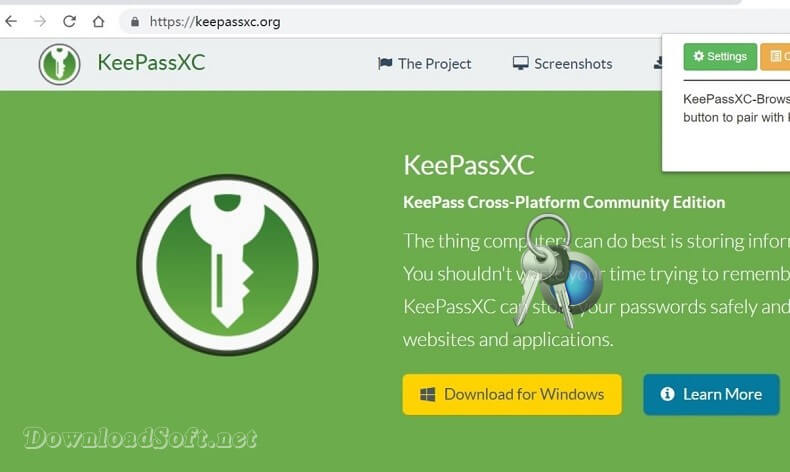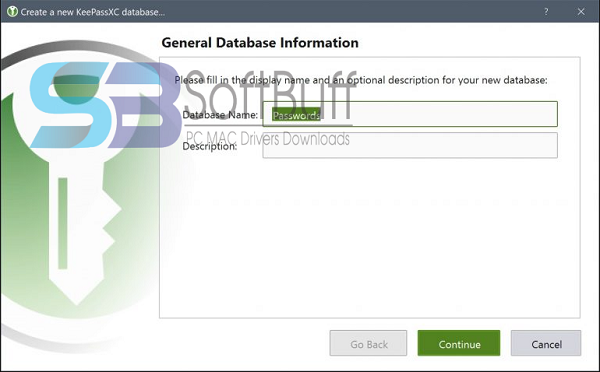
You may hear about Quantum computers using Q-bits can chew through these huge #trie in no time, but the quantum computers and the programming skill to really utilize them is still a ways off.
#Keepassxc encrypted database password
This exercise has been eye opening for me as to how secure a 20 character password is already. Please understand I’m NOT recommending that you use a 40-bit key as at least one website at which I entered a 35-40 character key told me my password was an overkill because of the gazillion number of centuries it would take to crack. However, with KeePassXC, it’s no big deal. You do need to keep track of two passwords. In English, Strategy #1 requires two sequential brute force attempts, each of which potentially needs about approximately 1 million, trillion, trillion, trillion tries. If you’re comfortable for working with exponents, Strategy #2 s safer than Strategy #1 by about : ⁃đ26**40 / 126**20 = 126**(40-20) = 126**20 = 1.0172106590035375e+42, ⁃ or in plain English, approximately 1 million, trillion, trillion, trillion times. So, I’ll skip that detail for slightly better clarity. The mathmetical symbol for exponent ** is generallyn shown as ^ in smartphones and computers Strictly speaking, in terms of average tries needed instead for maximum tries (more likely), we’d be talking of half the of the #tries for each strategy, but that detail is really meaningless when compared to the size of these number. unprintable characters can be generated by multiple key presses, but practically impossible to do on a smartphone If you just use a 40 character key for the outer encrypted alone (Strategy #2), without an inner container, you would present a maximum of (126**40), or 1.034717524790411e+84 tries for a brute force attack.

#Keepassxc encrypted database code
there are 126 printable characters in the ASCII code use by computers and phones.

Your plan (Strategy #1) of enclosing an encrypted container within another encrypted container : presents a maximum of 2 x 126**20, or roughly 2 x 1.0172106590035375e+42 tries for a brute force attack, because While I've check it multiple times,I can't guaranties there may be inconsistencies in the numbers as the checker should never be the writer. So thanks for your question first before I get into the following reply that I'm pasting here. In trying to answer some of your concerns, I've discovered helpful revelations. I have learned to think about security and privacy before I get enamored by the convenience of online tools.


 0 kommentar(er)
0 kommentar(er)
